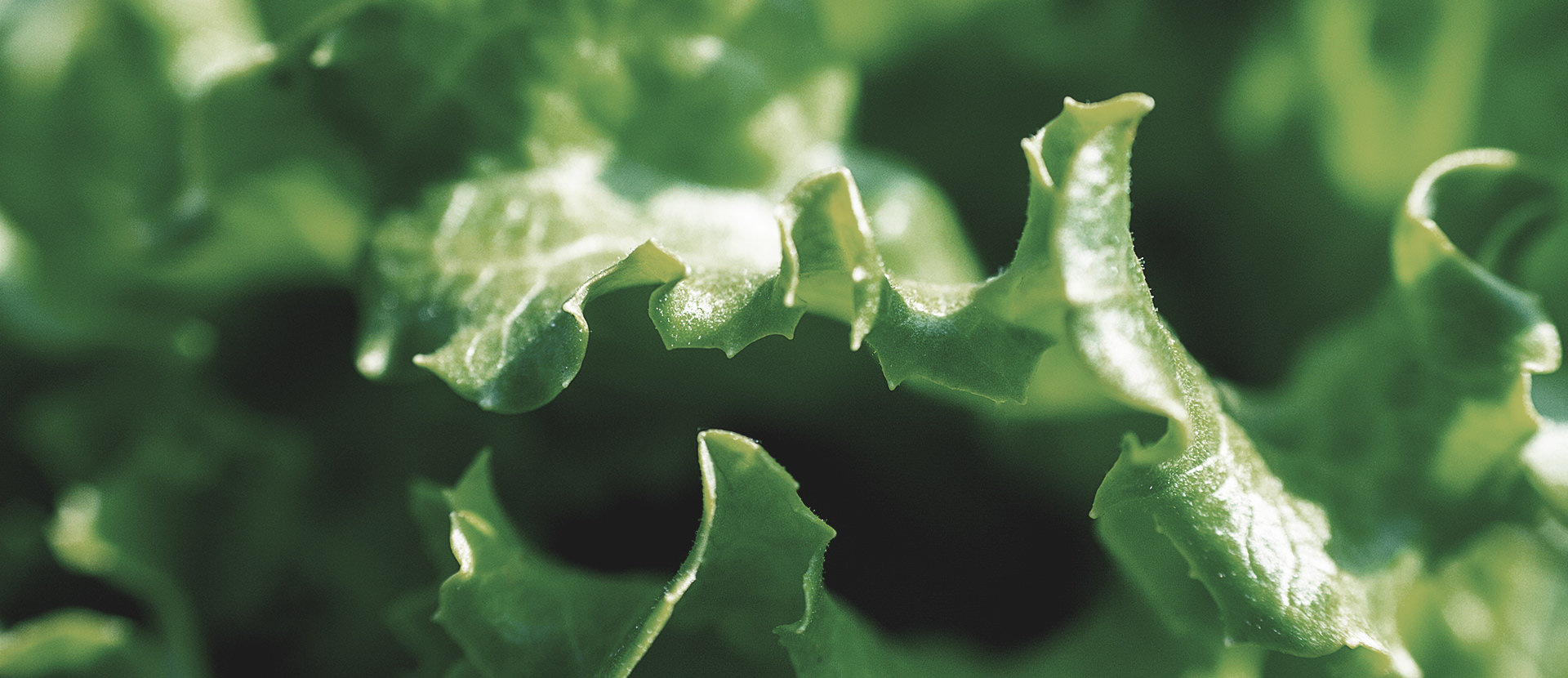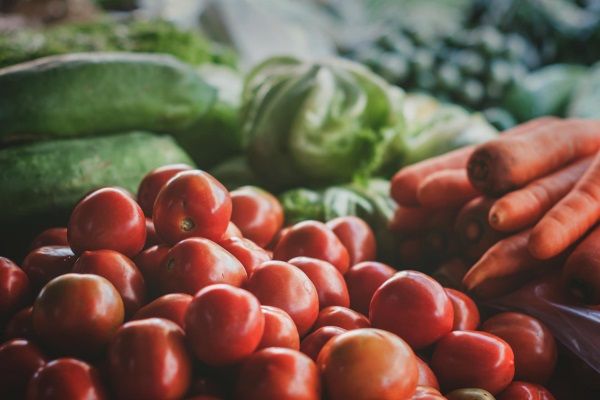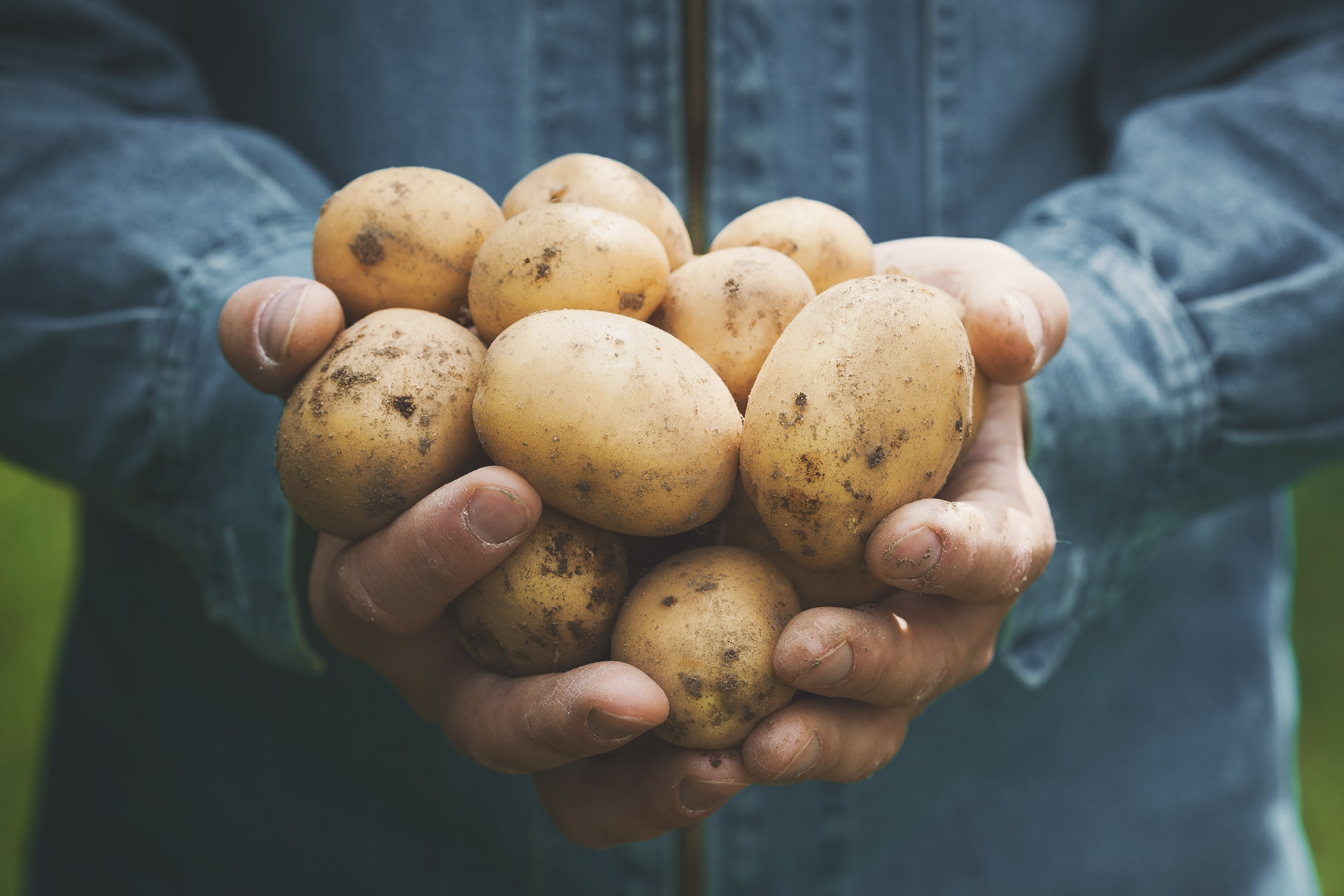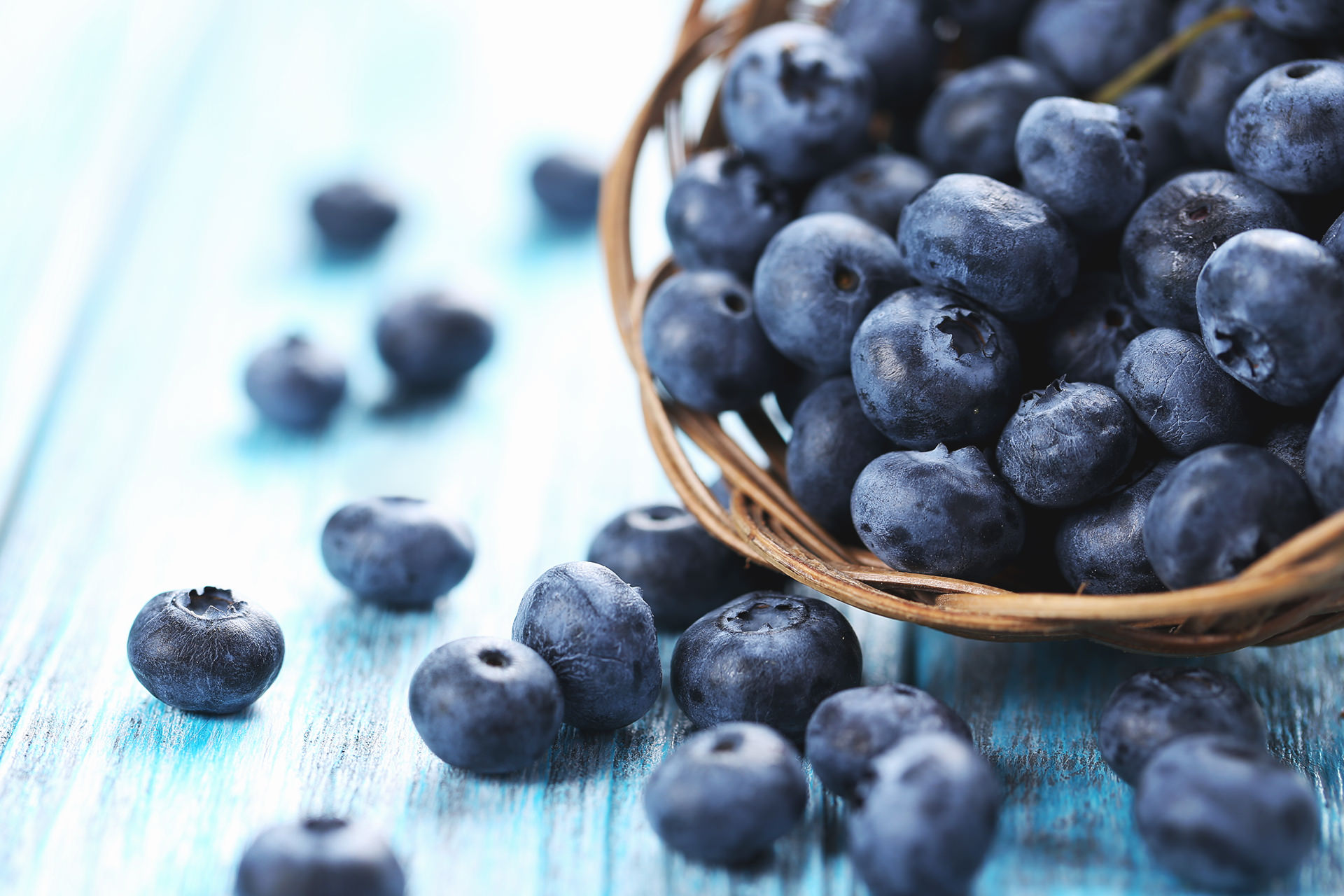Micronutrients

“Micronutrients” are those parts of our daily diet that do not provide any calories, but have (major) impacts on what happens in our body with the calories (macronutrients) that we ingest.
1. VITAMINS
Vitamins are essential (vital) nutrients for our body. Our body cannot produce them itself and needs to get them via our food. Vitamins are organic compounds. They are formed by plants or micro-organisms by transforming the energy of the sun (photosynthesis). Vitamins regulate biological processes and are essential for maintaining health and the performance of the human body.
Water- and fat-soluble vitamins:
13 essential vitamins are known based on the current state of scientific knowledge. They are classified, according to their solubility, into water-soluble and fat-soluble vitamins. They include: the water-soluble vitamins of the B complex (B1, B2, B3, B5, B6, B7, B9, B12) and vitamin C as well as the fat-soluble vitamins A (beta-carotene), D, E and K. In natural food, however, these 13 defined chemical compounds do not occur as such in isolated form. Instead, they consist of a diverse collection of numerous organically bound natural substances of different kinds (some of which still have not been comprehensively researched).

2. MINERALS
Minerals are inorganic nutrients that our body cannot produce itself. Plants equally need minerals so that they can flourish and absorb theirs from the soil. For the biochemical processes in our body we need not only vitamins, but also minerals. They have to be consumed regularly via our food. A diet that is permanently low in minerals and trace elements will lead to a plundering of the body’s own resources and result in deficiency symptoms. Minerals include: sodium, potassium, calcium, magnesium, chloride and phosphorus.

3. TRACE ELEMENTS
Just like minerals, trace elements are of inorganic origin. They are equally essential (vital) and need to be ingested regularly via our food. Trace elements are also minerals, however, we need less than 100 mg of them every day. It would be wrong to conclude though that trace elements are less important due to the lower daily requirements in contrast to those of minerals. On the contrary, they complement vitamins and minerals in all the building, conversion and breakdown control functions of our metabolism. Trace elements include: iron, zinc, manganese, chromium, molybdenum, iodine, fluorine, selenium and cobalt.
In order to be able to process calorie-supplying macronutrients, our body needs vitamins, minerals and trace elements. They function as “special tools” (called biocatalysts). It is they that guarantee the optimal metabolisation of the calorie carriers.

4. SECONDARY PLANT SUBSTANCES
Research findings from the past two decades have introduced completely new aspects into nutritional science: biomolecules were discovered in our plant food, which perhaps do not make the difference between life and death, but definitely influence our well-being and quality of life. In the beginning, we only knew of a few dozen bioactive vital substances, we now know thousands of them. These “new vitamins” are not responsible for the basic needs of our body, but consuming them regularly makes a difference in whether we at some point (or not at all) will suffer from cancer, diabetes, rheumatism, allergies, high blood pressure or cardiac insufficiency. A balanced high-quality diet is thus not only a life (or survival) factor, but also essential for our health.
These secondary plant substances are organic compounds formed by plants as they grow. We call them “secondary” because plants do not produce these biomolecules primarily to generate energy, nor for structural building in their organisms, but to satisfy particular plant-specific needs (protection against UV radiation and pests, to attract insects for pollination etc.). It is only since the 1990s that it is known that secondary plant substances not only protect plants, but also humans. Secondary plant substances are: polyphenols, sulphides, phytin, phenolic acids, saponins, flavonoids, phytosterols, carotenoids and phytoestrogens.
